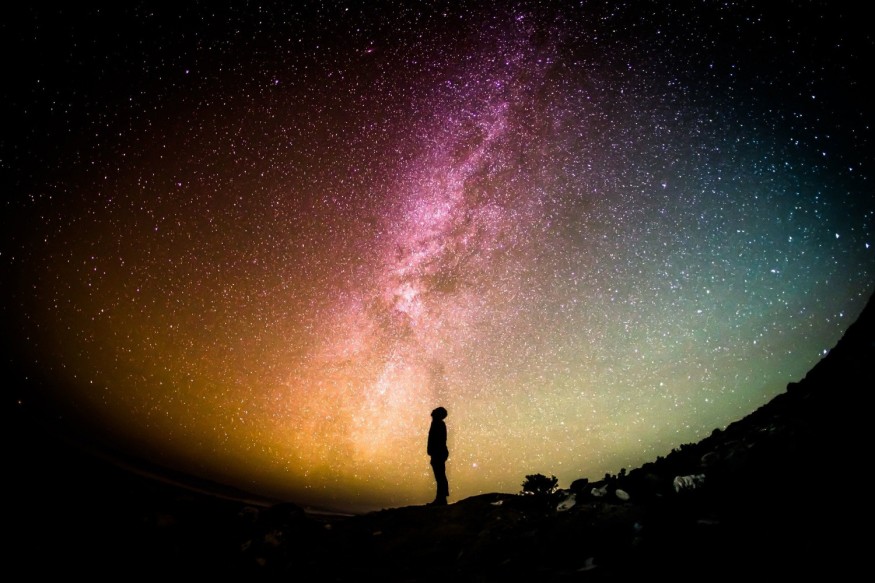The Earth, space, and universe have always baffled even the world's most intelligent scientists. They continue to study the world and the universe to understand how it works and what amazing things there might be in space.
Scientists are now searching for places or planets in the universe that may potentially sustain life. They have already discovered so many Earth-like planets and are looking into their composition and history.

But planets are not the only thing in the universe. Just this month, astrophysicists published the largest ever 3D map of the universe showing its timeline and all possible galaxies and ultra-bright energy-packed quasars.
With that being said, here are some astonishing facts about the universe that you should know:
Read: Rocky Earth-like Planet Found Orbiting A Star One-Tenth of The Sun's Size 25,000 Light Years Away
1. Well-aged galaxy
They say light is faster than the sound. However, it still takes time for light to cross the massive space between galaxies. Scientists use a light-year as a unit of measurement to measure these extreme distances.
Light travels at 670,616,629 miles per hour. But in one light-year, it takes about 5.88 trillion miles for light to travel.
NASA's Hubble Space Telescope could capture images of galaxies, planets, and other objects in space. Knowing how many miles is equivalent to a light-year keeps things in perspective, especially when looking at Hubble's photos.
For example, the photo that Hubble captured of the Andromeda galaxy can be dated back 100 million light-years old-a perfectly well-aged galaxy indeed.
2. A black hole that is 3 million times the size of Earth
Almost all galaxies in the universe have their own black hole at the center. Scientists have made various theories in an effort to explain a black hole's origin, operation, and occurrence.
However, it was not until 2019 that a black hole was successfully photographed. It is challenging to takes photos of a black hole because they consume light and are a bit shy to the telescopes.
Scientists used a radio astronomy technique to capture the outline of the black hole, which is situated in the center of the M87 galaxy with a mass of 6.5 billion times of the sun. Approximately, the black hole is 3 million times the size of the Earth.
3. Martian volcano is as big as the state of Arizona
Mars is known for its numerous volcanoes, and now, it has become the subject of future space explorations. Recently, NASA's Perseverance rover has taken flight towards Mars to learn more about the red planet.
But what not so many people know, Mars has a very massive volcano named Olympus Mons that is about 16 miles at its peak and 370 miles. That is about the size of the state of Arizona.
The Martian volcano is also three times higher than Mount Everest and a hundred times the volume of Earth's largest volcano, Mauna Loa, in Hawaii.
Read Also: NASA Successfully Launched the Perseverance Rover on Its Mars Mission
4. Stars share 97% similar atoms with humans
A human's body is 60% water. However, an interesting fact about the atoms found in the bodies is that they are more common in composition with the stars, black holes, and dark matter found in galaxies.
A recent study about star-gazing through spectroscopy, a process of measuring the depth of light emitted from the stars, revealed that the Earth's building blocks such as carbon, nitrogen, hydrogen, phosphorus, sulfur, and oxygen is also the majority composition found in stars.
The most fun part of it all is that researchers found that humans share 97% similar atoms with the rest of the galaxy.
Read More: Largest 3D Map of the Universe Tells The Complete Story of the Expansion of the Universe









